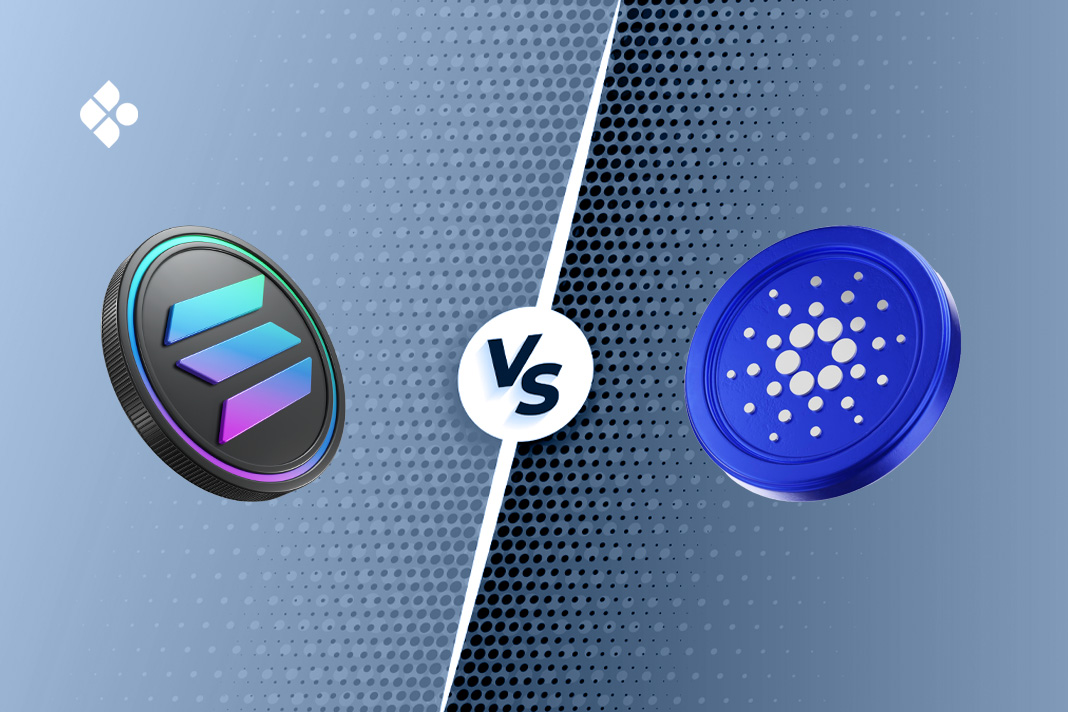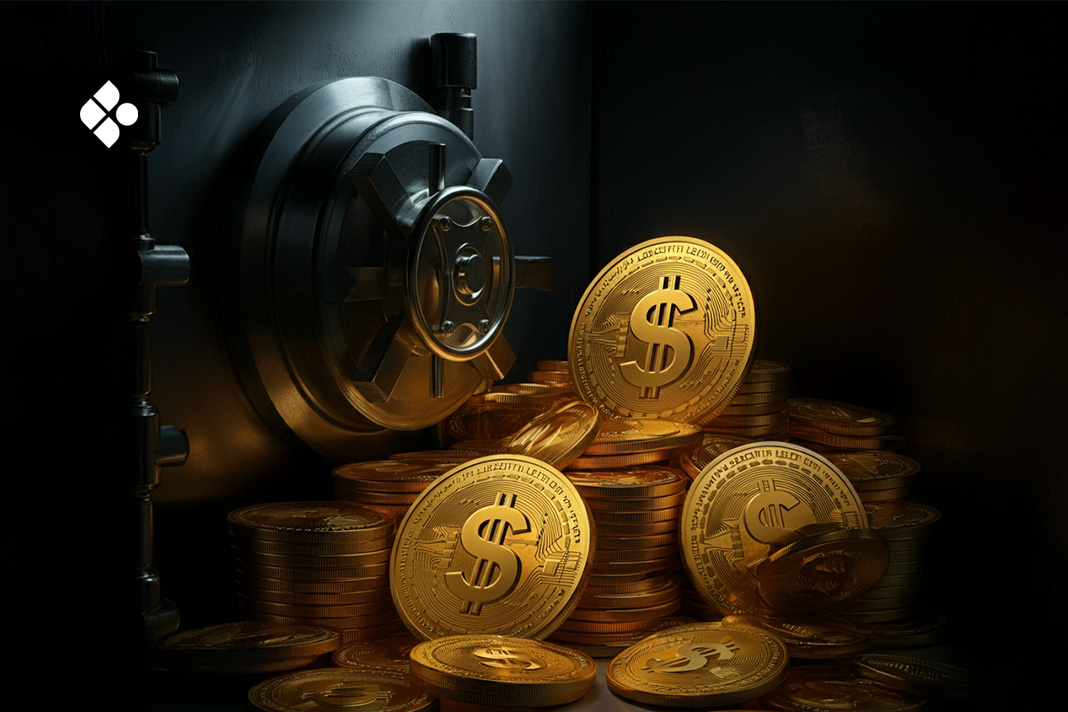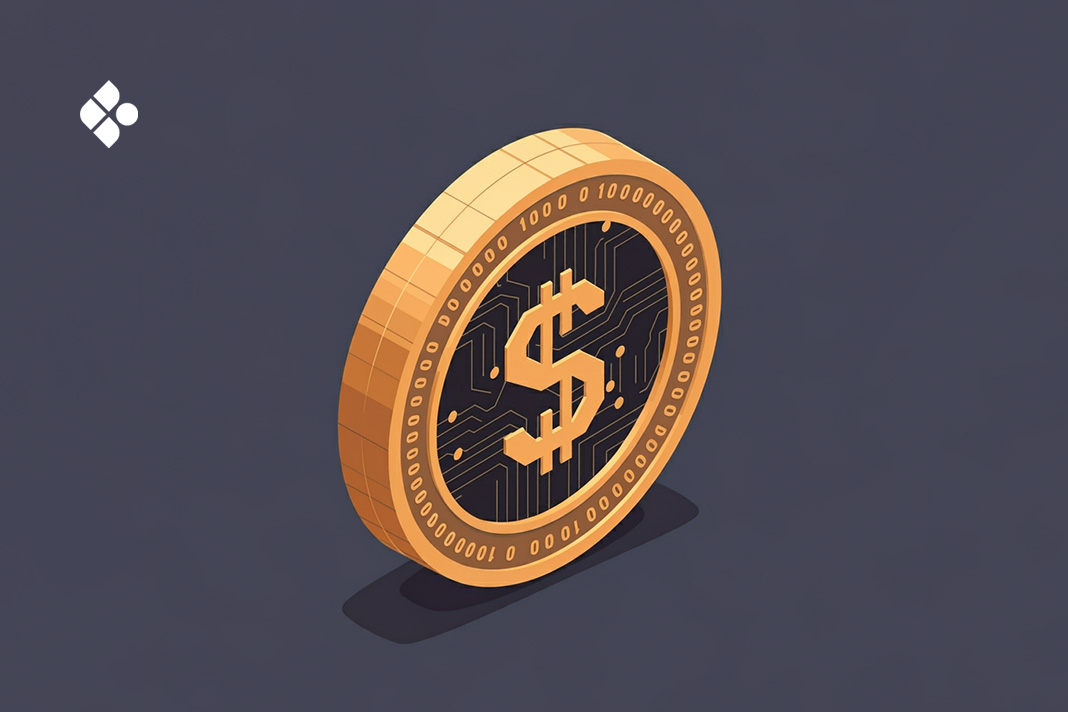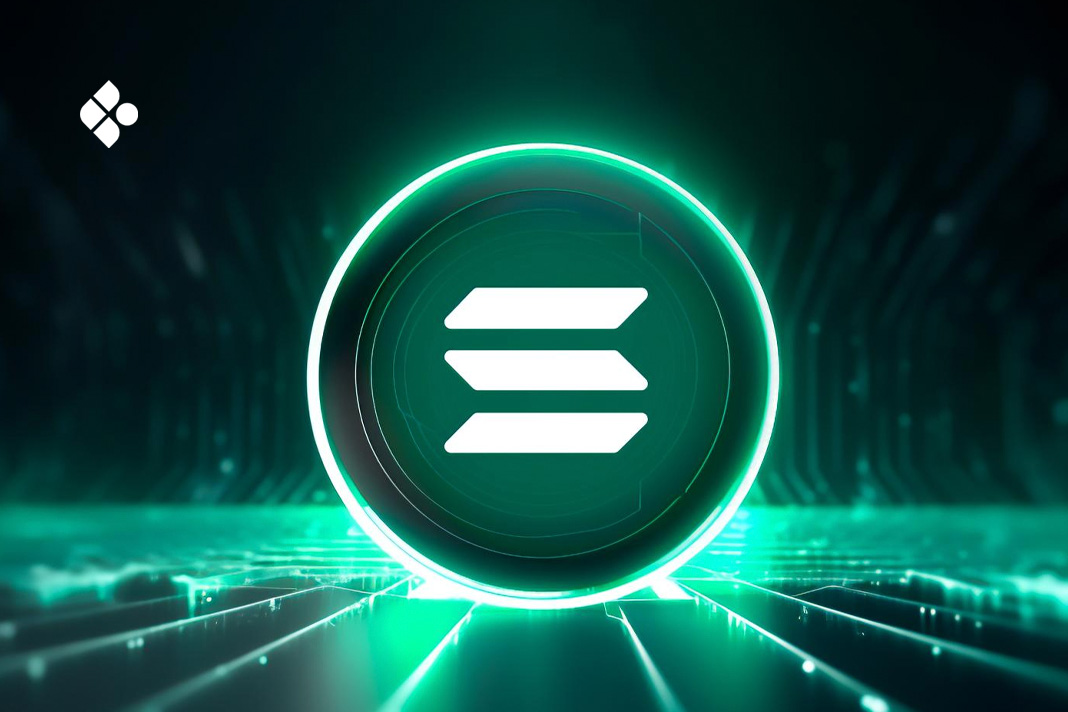Using USDC in DeFi projects offers stability and convenience, but it’s not without risks. As decentralized finance continues to grow, many users turn to USD Coin (USDC) for its price stability, high liquidity, and low transaction fees. However, despite these advantages, there are critical risks to consider when using USDC in DeFi.
In this article, we’ll explore the top risks associated with using USDC in DeFi projects and share practical tips on how to manage and mitigate them effectively.
What is USDC?
USDC is a regulated, fiat-backed stablecoin pegged 1:1 to the U.S. dollar. Issued by Circle and Coinbase through the Centre Consortium, USDC is widely used for payments, trading, and DeFi applications. It offers fast transactions, transparency, and stability in the crypto market.
Understanding the Risks of Using USDC in DeFi Projects
From lending and borrowing to staking, USDC is a stablecoin with many use cases. However, the stablecoin is far from perfect. Here is an outline of the risks of using USDC in DeFi projects:
- Depegging
Most stablecoins, like USDC, are pegged at a 1:1 ratio to US dollars, which makes their prices stable. However, there have been instances where a stablecoin suffered depegging. Depegging typically leads to a drop in value of the stablecoin.
- Regulatory Concerns
DeFi operates differently from traditional centralized finance courtesy of its use of smart contracts. Notably, USDC is a centralized stablecoin hence, subject to government regulations and scrutiny. Accordingly, using USDC in DeFi may involve some regulatory uncertainties for the users.
- Smart Contract Risks
This risk is not unique to USDC, however, it is still something to note. For example, a hacker stole $25 million in crypto from dForce, a DeFi lending platform, by exploiting a flaw in its smart contract.
- Counterparty Risks
Most of the available stablecoins are backed by third-party reserves. Hence, there is the risk of mismanagement of the reserves. Therefore, there has to be an element of trust that the issuers of USDC, Coinbase and Circle, keep adequate reserves and are transparent.
- Volatility
While USDC is a stablecoin, it is not 100% exempted from price volatility. Its price can fluctuate during market stress. If investors lose trust in USDC, it can lead to a significant drop in its value. Plus, the US dollar can fluctuate, too, directly affecting USDC as it is pegged to it.
How to Mitigate the Risks Associated with Using USDC in DeFi
- DYOR
Be in the loop regarding the stablecoin and USDC. Note when there are claims of possible depegging and other possible downsides to know when to opt in or out of a DeFi project.
- Use Trusted DeFi Projects Only
Several DeFi Projects are in the market today. But it is best if you only use protocols that have been audited and verified by security firms. Alternatively, you can search for projects that have public reviews. Also, vet the users and developers behind the project for added safety. You can use platforms like DeFiSafety to review the safety of DApps before committing to them.
- Get DeFi Insurance
DeFi Insurance allows you to safeguard your funds in smart contracts against vulnerabilities such as hacks and threats. It is recommended when opting for a new contract or DeFi platform that you are not knowledgeable about. Some notable DeFi insurance companies are Nexus Mutual, Etherisc, and InsurAce.
What are Possible Alternatives for USDC in DeFi?
USDC is a stablecoin with many use cases in DeFi. However, there are also notable alternatives with similar use cases.

They include USDT, DAI, and FDUSD. These stablecoins have similar DeFi functionality to USDC and are great alternatives.
Frequently Asked Questions (FAQs) About the Risks of USDC in DeFi
What are the risks associated with USDC in DeFi?
USDC in DeFi has a lot of perks; however, it is not risk-free. Choosing USDC for your DeFi projects often comes with risks, such as depegging, regulatory concerns, smart contract bugs, and hacks.
How to Reduce the Risks Associated with DeFi?
Risks are part of the game with DeFi. However, there are ways to bypass these risks and ensure a more seamless process. Get DeFi education and opt for only trusted DApps.
How to convert USDC to Cash?
DeFi projects have the potential to earn you profits. When you make the profits, you might want to convert the USDC to cash. Some of the best platforms to sell USDC for cash include Breet, Bybit, Remittano and Quidax amongst others. While most of these crypto-for-cash platform offers seamless conversion in under five minutes, Breet has the most competitive rates, which ensure you get the best deals every time.
How to ensure DeFi projects are safe?
DeFi projects are safe; however, some flaws in programming expose them to risks. To mitigate these risks, ensure you stick with audited and tested DeFi projects.
USDC is a well-known stablecoin, but it is not the only one. Other viable alternatives are DAI, FDUSD, and USDT. These three options are also stablecoins, and they can serve a functionality similar to USDC in a DeFi project. Undergo further research to learn more about these stablecoins before committing to them.
Conclusion
USDC in DeFi has several functionalities that make it a sought-after option by many DeFi enthusiasts. However, it is not without its flaws. Ensure you only choose audited DeFi projects and get DeFi education. This way, you mitigate the risks. Also, follow crypto news to stay in the loop regarding regulations and market moves. Remember to stay safe and trade responsibly.
Conclusion
USDC in DeFi has several functionalities that make it a sought-after option by many DeFi enthusiasts. However, it is not without its flaws. Ensure you only choose audited DeFi projects and get DeFi insurance. This way, you mitigate the risks. Also, follow crypto news to stay in the loop regarding regulations and market moves. Remember to stay safe and trade responsibly.







